The Trouble with Harry (1955)
Directed by: Alfred Hitchcock
Written by: Jack Trevor, John Michael Hayes
Starring: Edmund Gwenn, John Forsythe, Mildred Natwick, Shirley MacLaine
HCF REWIND NO. 251: THE TROUBLE WITH HARRY [US 1955]
RUNNING TIME: 99 min
AVAILABLE ON BLU-RAY AND DVD
THE HITCHCOCK CAMEO: Walking past a limousine, parked by the side of the road, of an old man who is looking at Sam Marlowe’s outdoor stand exhibiting his artwork
REVIEWED BY: Dr Lenera, Official HCF Critic
The freshly dead body of Harry Worp inconveniently appears on the hillside above the town of Highwater, Vermont, and is stumbled upon on by Captain Albert Wiles. He thinks he shot him when he was trying to kill a rabbit, buth is efforts to hide the body are thwarted by other people constantly appearing in the same meadow clearing to either ignore the body or not care. Only Harry’s estranged wife Jennifer Rogers seems to recognise the body, and she seems positively happy that he’s dead. Frustrated artist Sam Marlowe also notices the body when its feet appear in a sketch he is doing, and decides to both help the Captain and seek out the truth….
Ignoring certain efforts like Under Capricorn, which while divisive seem to be lean heavily on the ‘not very good’ side, The Trouble With Harry seems to be one of the two Hitchcock films casual viewers, fans and film scholars are split almost equally on [the other being Marnie]. Hitchcock being Hitchcock, he often said it was his personal favourite of his films [something he also claimed of Shadow Of A Doubt, which also has sinister goings-ons happening beneath the suface of a quaint small town, though of a much darker nature], and it’s certainly one of his most personal. It’s a very droll black comedy, showing perhaps more than any other film Hitchcock’s views on life and death, with much mordant wit and easy-going romance, and also feels very English despite its American setting. Very little actually happens throughout its running time, and the film seems to almost go out of its way to avoid things like suspense and action. It doesn’t even really have a climax, just a ironic resolving of its story, while Weekend At Bernie’s actually did more with the situation of having the small matter of a dead body cause grave inconvenience, but it’s a pleasant, relaxing watch nonetheless, and, while humour more than anything else is subjective, it is at times pretty funny, which proves that the film certainly succeeds in its objectives for me. It’s certainly far more interesting a film than To Catch A Thief.
Even while doing that film, Hitchcock considered filming Flamingo Road by Laurens van der Post, but plans for this political South African-set-and-filmed thriller were nixed when that country’s government told him that all the black extras required were working full time and work could not be stopped just for a film. Then he considered From Among The Dead by Pierre Boileau and Thomas Narcejac, a darkly romantic thriller which the writers had written with Hitchcock in mind, but in the end settled on Jack Trevor Story’s novella The Trouble With Harry, gave it to John Michael Hayes to adapt when he went to France to shoot To Catch A Thief, then got an agent to buy the rights anonymously, and therefore cheaply. Outdoor shooting took place in Craftsbury, Vermont during autumn, but there was hardly any foliage left and leaves were glued to the trees, while, because of persistent rain, some scenes had to be shot in a rented high school gym where a camera fell from a great height and barely missed hitting Hitchcock, and the sound of the rain on the roof of the gym necessitated extensive post-production re-recording. He didn’t want big stars, and it was assistant director Herbert Coleman who saw who he thought was Coral Haney in the musical The Pyjama Game, only for it to be it her understudy Shirley Maclaine, whose first film The Trouble With Harry turned out to be. It was also the first Hitchcock film to be scored by Bernard Herrmann. They almost worked together on Spellbound, Notorious and The Paradine Case, but it was To Catch A Thief’s composer Lynn Murray who suggested him for The Trouble With Harry. The film flopped in the US, and the critics weren’t too enthused either, but it played for a year in England and Italy, and for a year and a half in France.
Harry’s body appears immediately, the film opening with a shot of it lying on the hill [and actually played by a real actor, Phillip Truex]. Captain Albert Wiles is certainly concerned, because he thinks he shot him, but whenever he tries to hide the body people keep coming along. A doctor reading poetry as he walks trips over Harry and still walks on, a tramp nicks Harry’s shoes, and Harry’s wife is positively happy that he’s dead. “Couldn’t have had more people here if I’d sold tickets”, he complains. The film’s younger ‘hero’ is Sam Marlowe, his name being an amalgamation of two of hard-boiled fiction’s greatest detectives: Sam Spade and Philip Marlowe. The main subject of his investigation is Harry’s wife Jennifer, and it soon seems that she may actually have killed him herself with a bottle when he showed up unwanted on her door. Or maybe it was the much older Ivy Gravely who did it with the end of her shoe when the stunned Harry attacked her? The film doesn’t seem as interested in the mystery of how Harry was killed as it is in the absurdity of a body being buried and dug up four times and the two central romances.
The Captain has the hots for Ivy. [“She’s a well -preserved woman, and preserves have to be opened some day”, he says], who says she’s 42 but looks rather older than that [the actress was actually 50], while Sam and Jennifer also begin a romance. It all breezes along in an unexciting but appealing, leisurely fashion. Hitchcock once said that too many films were: “Just photographs of people talking”, and The Trouble With Harry is rather like that at times, the director not attempting to heighten the proceedings much and the film virtually consisting of people talking, but the characters are both fun and likeable in a somewhat quirky fashion [sometimes seeming, along with some of the humour, and especially the dumb Sheriff, like they belong in a Coen Brothers film], while Hayes’ dialogue is rich, ripe and sometimes slightly rude. He had a knack of cleverly getting round the Production Code, such as much muttering about what we later find out is a double bed, something the film would not have been allowed to even show. In fact, there’s a nice, lusty feel about the whole piece, which is quite forthright about sexual attraction, and of a healthy kind to boot, at least in terms of heterosexuality. Jennifer even tells Sam [albeit rather unrealistically when they’ve just met] of her [second] ex-husband, hinting that he was gay, and even more daringly [you have to read between the lines, but Hitchcock loved sneaking this kind of thing into his movies] suggests she was reduced to self-pleasure [“Some things a woman prefers to do alone”]. The trouble with harry was possibly more that he was homosexual [remember, this was the 50’s], not so much that he’s dead, though of course that’s a pain too. If all this sounds like I’m reading too much into the film, than why else does a closet door in Jennifer’s house keep opening for no apparent reason?
There’s no sense of mounting tension at all, but it’s obvious that that isn’t what was intended, the mystery of Harry’s death concluding in a nicely ironic fashion. Though I wouldn’t say that the film is hilarious, I would say that is often amusing, often concerning the way people act around and concerning the body, Maclaine especially funny in her deadpan manner when she speaks of Harry. Captain Wiles is also amusing when he talks a load of crap about having faced death at sea many times, at one point saying how a crew member bashed his head on a brick wall, and, in response to the other person wondering what a brick wall was doing on a ship, saying: “That’s what we always thought”. It’s all quite understated. Of course it all gets pretty unbelievable too, the silliness reaching a peak when Sam, who’s been unsuccessfully trying to sell his art for years, is visited by a rich man in a limousine who likes his stuff and is willing to pay any price for the whole collection, and Sam just gets the man to buy a load of gifts for his friends instead. It tries to be a lovely Capra-esque moment and falls flat, but shows how warm-hearted the whole film is. Yes, it has its macabre elements, but overall it shows a love of people and life that isn’t always evident in this director and certainly isn’t what one associates with him. It is rather dull visually though except for the lovely shots of autumnal Vermont, cinematographer Robert Burks [he’s done it again, shooting a film for Hitchcock that looks entirely different from his proceeding ones] giving us some gorgeous images that are some of the best shots of autumn ever seen on film, the compositions worthy of great paintings. You can just about tell that most of the scenes around where Harry is buried are shot in a studio, but that’s about it except for the interiors, and I didn’t notice one bit of back projection in this particular film!
Not given grand entrances or Big Dramatic Scenes, the cast are allowed to truly inhabit their characters. Maclaine displays expert comic timing and delivery in a way that is amazing for a first film performance, but it’s Edmund Gwenn, in his fourth and last film for Hitchcock, who really shines. His character’s joy at falling in love at the late stage in her life, and seeing that love reciprocated, is just lovely to watch. Herrmann’s score is a terrific blend of macabre jollity and lyrical tenderness, the latter working especially well with the images of New England countryside in autumn. His jaunty main title expertly opens the film, and he blithely comments on Harry’s body, and the trouble it causes, throughout, but set against that are three gorgeous pieces of nostalgic beauty applied throughout, and there’s none of the tortured darkness that is more associated with Herrmann. The Trouble With Harry may, in the end, be a slight, and slightly awkward, endeavour, but it’s loaded with charm and is just such a nice, happy movie to kick back and relax to.

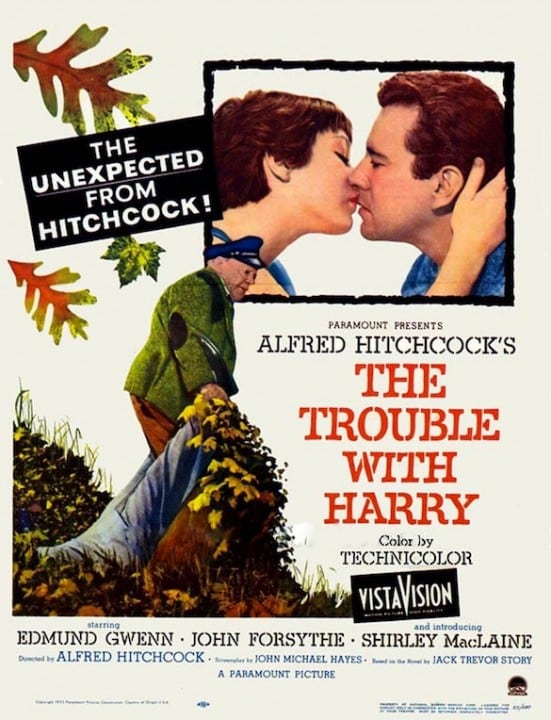
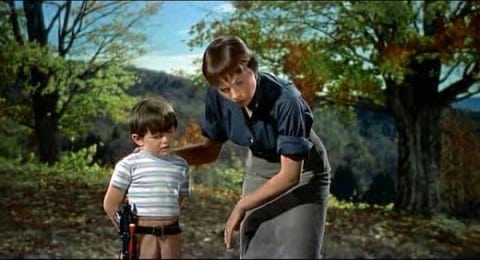
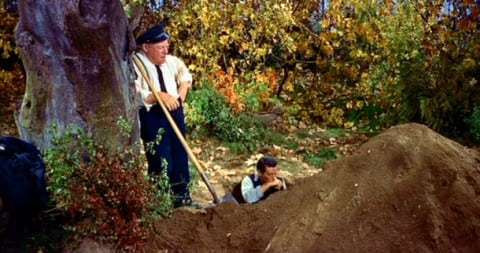



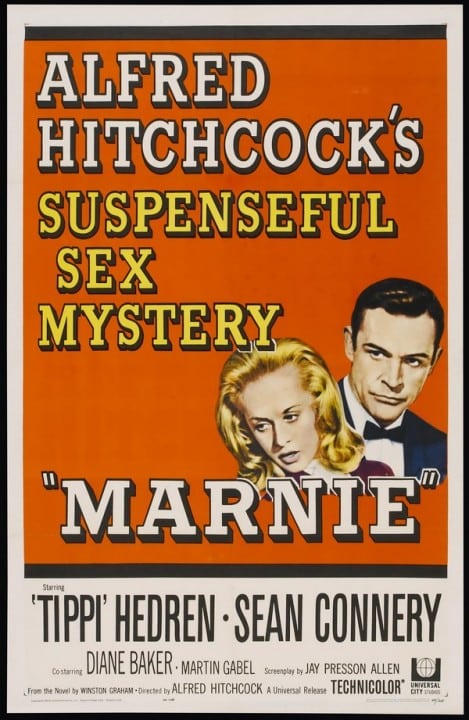
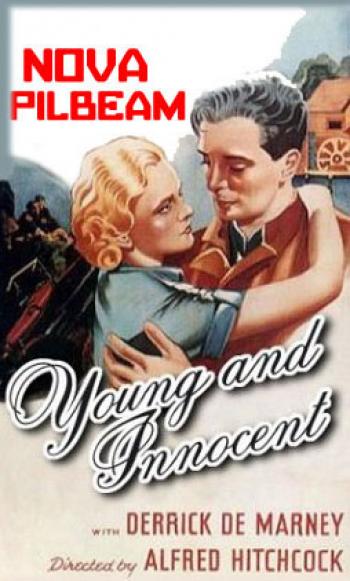
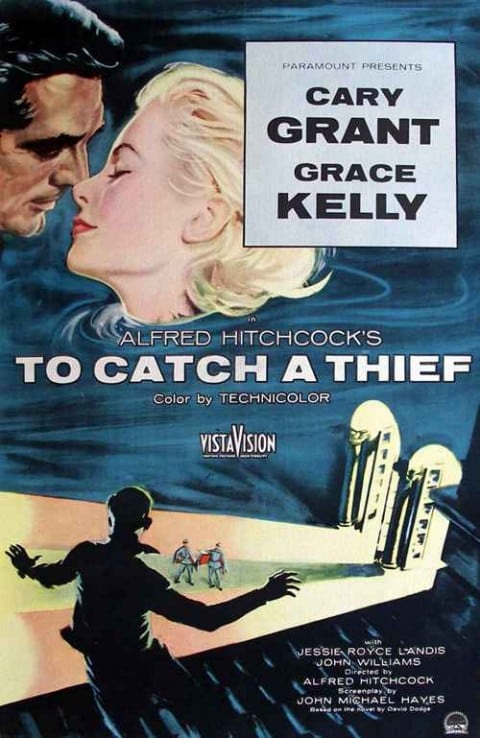
Be the first to comment